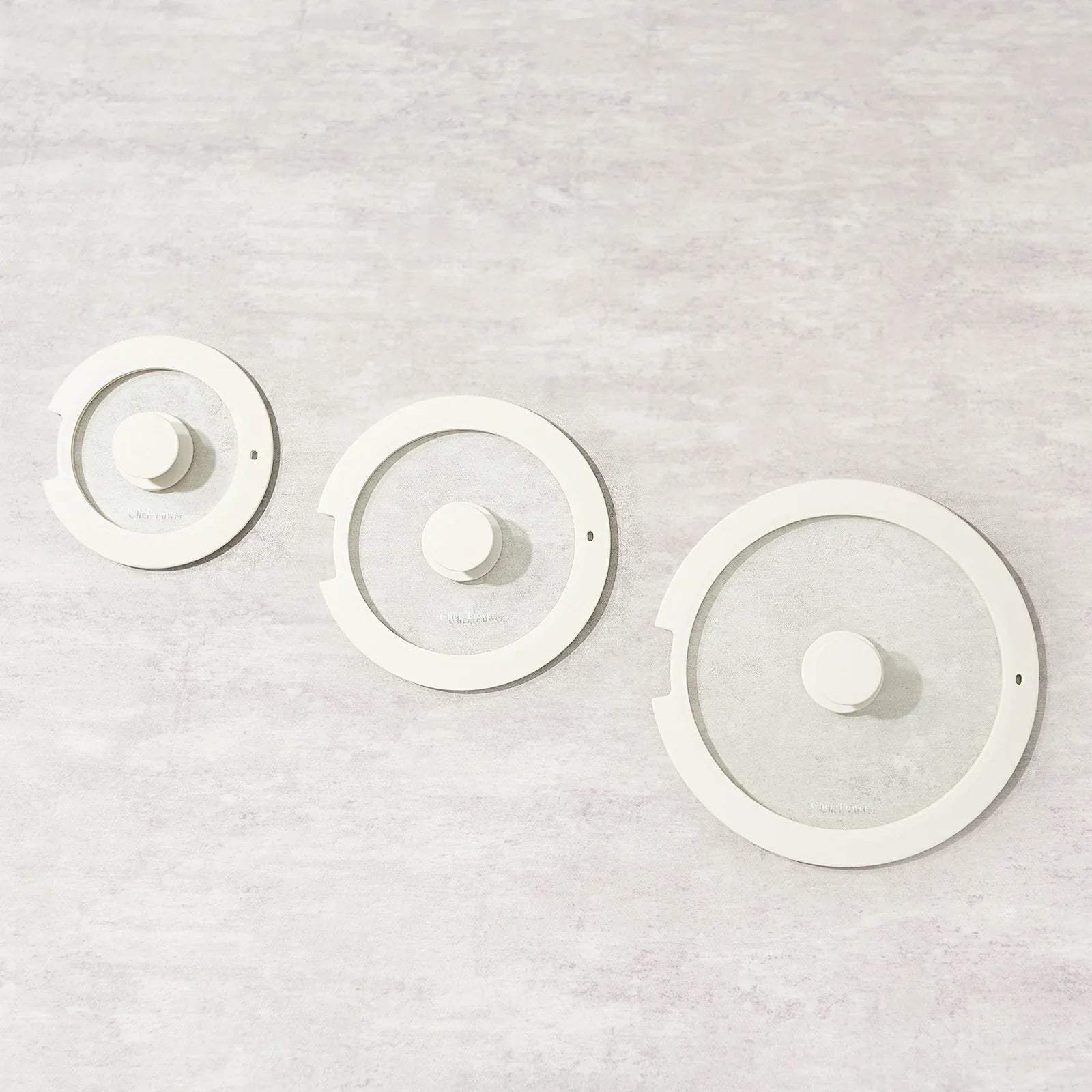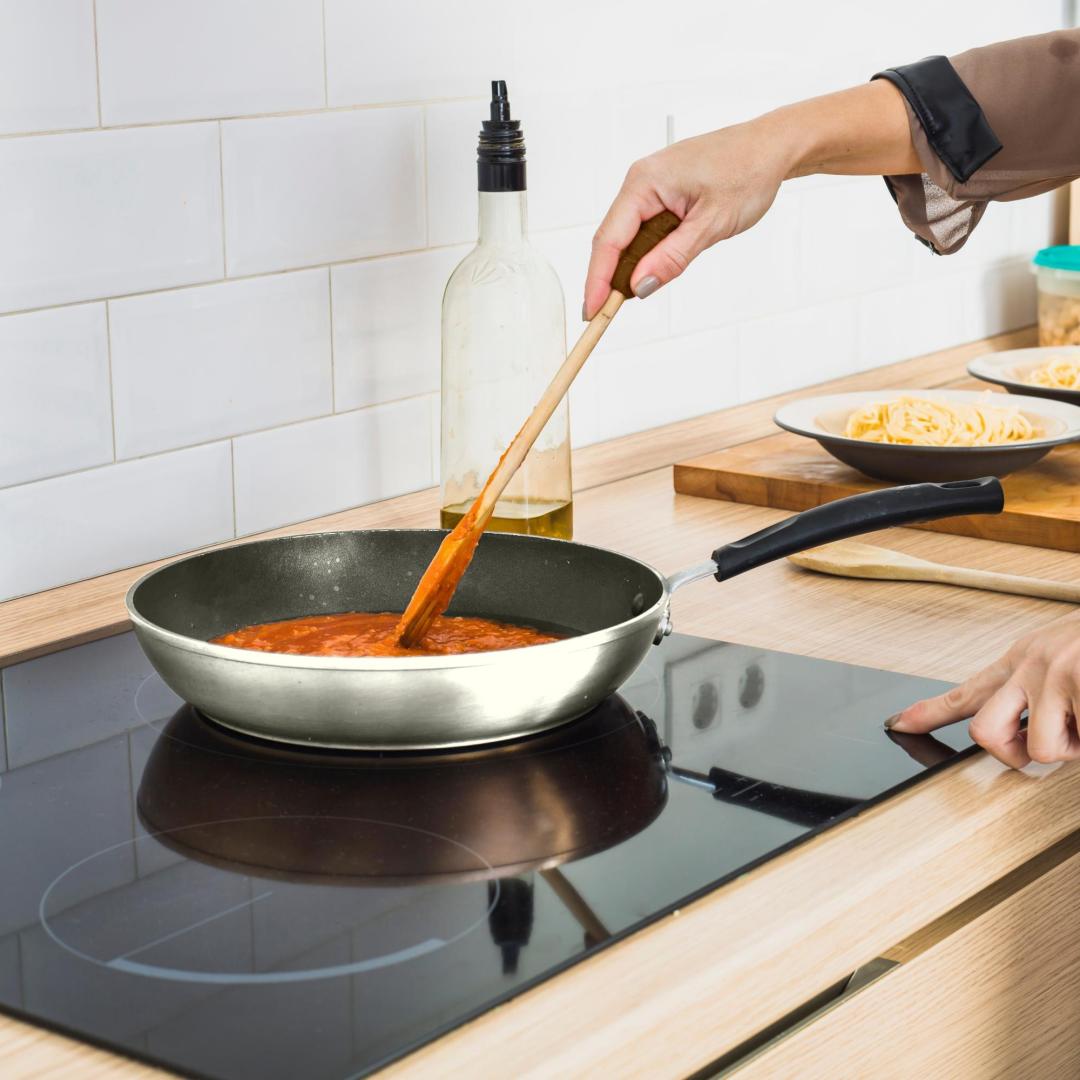Ever grabbed a pan that’s too small for your stir-fry or a pot that overflows when boiling pasta? Understanding cookware measurements isn’t about rules—it’s about unlocking stress-free cooking. This guide breaks down cookware sizing for your kitchen, whether you’re meal-prepping for one, hosting holiday dinners, or just craving perfectly crispy bacon.
Why Measurements Matter
Cookware isn’t "one-size-fits-all." The right dimensions mean:
✅ Better heat control (no burnt edges or undercooked centers)
✅ Efficient storage (pans that nest neatly, not cabinet chaos)
✅ Confidence in recipes (no guessing if your "medium pot" matches the chef’s)
Let’s decode the numbers so you can shop like a kitchen pro.
Key Measurements Explained
1. Diameter: The Foundation of Every Pan
The diameter—measured across the top rim from edge to edge—determines how much food you can cook at once. A 12-inch skillet comfortably fits four chicken breasts, while an 8-inch pan is ideal for solo omelets. Always match the pan’s diameter to your burner size (e.g., a 10-inch pan for standard burners) to avoid uneven cooking.
2. Depth: Your Secret to Versatility
Depth (the distance from the base to the rim) dictates what you can cook. Shallow pans (2–3 inches) excel at quick tasks like frying eggs, while deeper pots (6+ inches) handle soups and stews. For example, a 4-quart saucepan with 5-inch depth is perfect for boiling pasta for two.
3. Capacity: The Unsung Hero of Meal Prep
Measured in quarts (qt) or liters, capacity tells you how much a pot can hold. A 6-qt Dutch oven feeds a family of four, while a 2-qt saucepan reheats leftovers effortlessly. Pro tip: 1 quart = 4 cups, so a 3-qt pot holds 12 cups—enough for a hearty chili.
4. Weight: Balancing Heat and Handling
Weight varies by material. Cast iron retains heat for perfect searing but can be cumbersome. Lightweight nonstick pans flip pancakes easily but may warp at high temps. For most home cooks, tri-ply stainless steel offers a middle ground—durable, even heating, and manageable weight.
5. Lid Size
A cookware lid’s size is determined by its diameter, which must match the pot or pan it’s designed to cover. To measure it accurately, use a tape measure to check the distance from one outer edge of the lid to the opposite edge. A properly fitted lid isn’t just about convenience—it’s essential for trapping heat and moisture, whether you’re simmering soups, braising meats, or steaming vegetables. This tight seal ensures even cooking and prevents flavors from escaping, making it a silent hero in dishes like chili or pot roast.
How to Measure Common Types of Cookware
1. Frying Pans and Skillets
- Measurement Methods: Measure the diameter from outer wall to outer wall at the rim and the depth from the top edge to the bottom of the inner wall.
- Common Size Ranges: Typically range from 8 inches to 14 inches in diameter.
- Important Considerations: Wider pans allow for better heat distribution and more cooking surface for browning and sautéing. In North America, larger skillets (12 inches or more) are popular for family meals, while smaller sizes are favored for quick breakfasts or single servings.
2. Saucepans and Stockpots
- Measurement Methods: Measure the diameter as above and height from the top edge to the bottom of the inner wall.
- Common Size Ranges: Saucepans usually range from 1 quart to 3 quarts, while stockpots can hold anywhere from 6 to 12 quarts.
- Important Considerations: Stockpots are essential for larger cooking tasks, such as making stock or boiling pasta for gatherings. In Europe, smaller saucepans are often preferred for everyday cooking, reflecting lighter meal preparations.
3. Dutch Ovens
- Measurement Methods: Measure the diameter and height as described above.
- Common Size Ranges: Typically range from 4 to 7 quarts in capacity.
- Important Considerations: Dutch ovens are versatile for braising, baking, and slow cooking. They are favored in both North America and Europe for their ability to transition from stovetop to oven.
4. Baking Sheets
- Measurement Methods: Measure length and width from outer edge to outer edge.
- Common Size Ranges: Common sizes include half-sheet pans (approximately 13 x 18 inches) and quarter-sheet pans (9 x 13 inches).
- Important Considerations: Baking sheets are essential for baking and roasting. In North America, full-size ovens often accommodate half-sheet pans, while smaller quarter-sheet pans are popular for smaller batches.
5. Tagines
- Measurement Methods: Measure the diameter and height similarly, focusing on the widest part of the base and the height of the conical lid.
- Common Size Ranges: Typically range from 10 to 13 inches in diameter.
- Important Considerations: Tagines are used for slow-cooking stews and are particularly popular in Mediterranean cuisine.
Specific Measurement Methods
Accurate measurements are vital for successful cooking. Here are some methods for measuring cookware, categorized into distance, capacity, and weight, both with tools and without:
No Measuring Tools? Use These Kitchen Hacks
- Estimate diameter with a dinner plate (10-inch plate ≈ 10-inch pan).
- Gauge capacity using a milk jug (1 gallon = 16 cups ≈ 4 quarts).
- Compare weight to a 5-lb bag of sugar (similar to a medium cast iron skillet).
Understanding how cookware is measured is essential for creating a well-equipped kitchen that meets your culinary needs. By familiarizing yourself with the various dimensions and capacities of cookware types, you can make informed decisions that enhance your cooking experience.
At Chef Power, we ensure that all our cookware sizes are clearly indicated on our online sales pages and in user manuals. If your cookware does not specify the size, or if you seek more accurate measurement methods, refer back to this article for guidance. With the right tools and creative thinking at your disposal, you can confidently navigate your culinary adventures.

